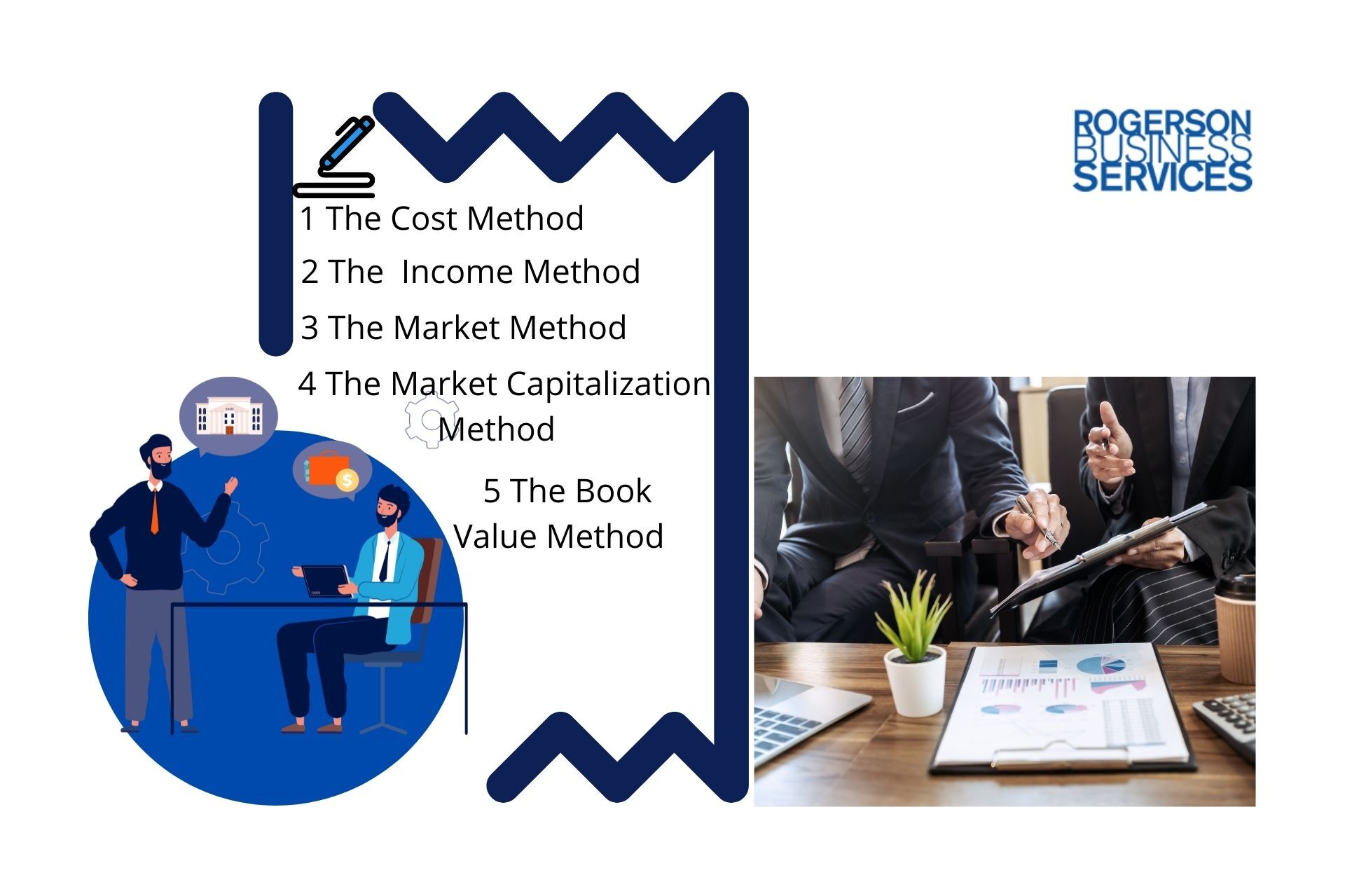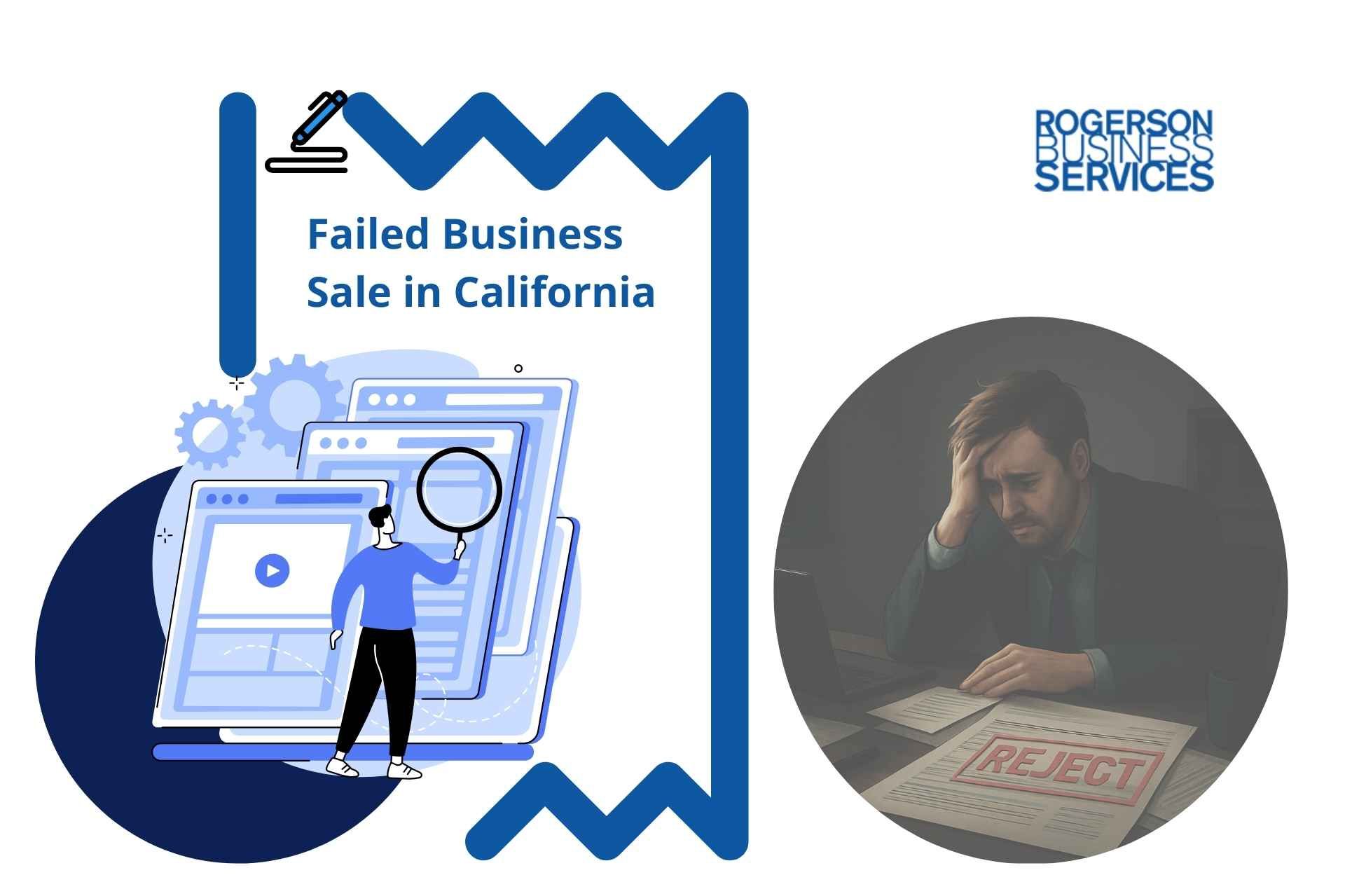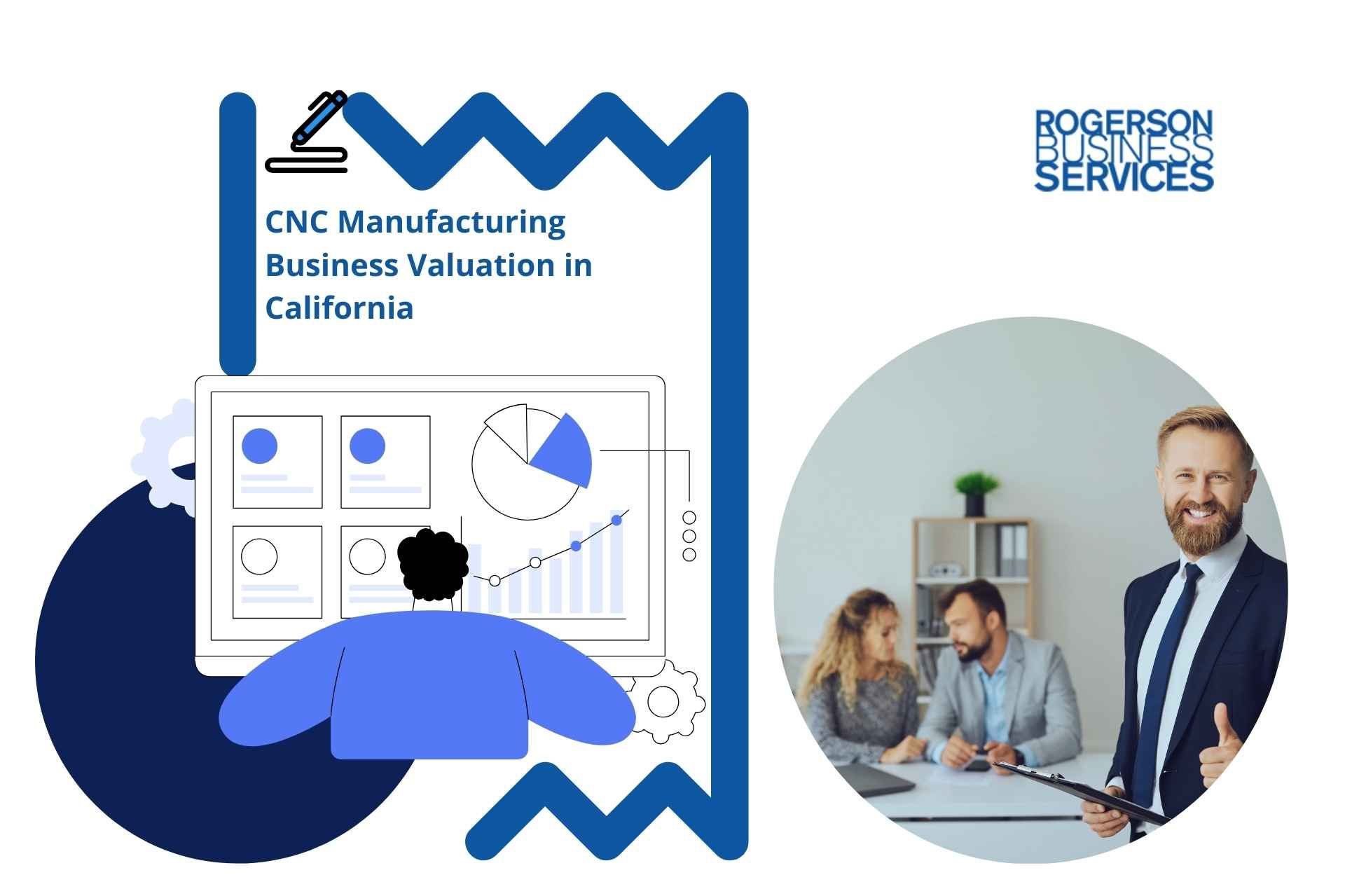How To Calculate Business Valuation: Best Valuation Methods
How To Calculate Business Valuation?
- First Method: The Cost Approach
- Second Method: The Income Approach
- Third Method: The Market Approach
- Fourth Method: The Market Capitalization Approach
- Fifth Method: The Book Value Approach

A business valuation formula is basically to find your business value by calculating your assets minus liabilities.
The formula is business value = assets - liabilities.
However, if you want to explore more about the best valuation methods to use when selling your lower middle-market business in California? We've identified the five best valuation methods.
As you figure out the best way to sell your business, there are several strategies to calculate your company’s value, increase your business value, and partner with a trusted advisor. Read on.
Business Valuation Methods
There are different types of valuation. Below are five of the most common company valuation methods an M&A Advisor would guide you in answering: "how to calculate business valuation?"
Cost
First is the cost method, also referred to as the asset-based approach. The lower middle-market M&A professional will analyze the present value of your company’s net tangible assets. From here, the M&A Advisor would subtract your liabilities from these assets to calculate your business’ fair market value. Companies in the manufacturing arena benefit the most from this approach because of the number of assets these companies would own.
Income
The second business valuation approach is the income method. A certified business valuation professional will evaluate the future economic value and convert it into a present-day value. The company’s cash flow is a primary determinant in this business valuation approach. Businesses that are well-established and deliver reliable revenue numbers will most likely receive a positive business valuation here. For example, a business valuation formula to calculate the income method will look like this:
- Business Value = Annual Future Earnings/Required Rate of Return.
Market
Third, the market approach involves an efficient analysis of historical sales from competing businesses. From here, the professional will determine the business’ value itself. Market multiples, which value the financial metric relationship of similar businesses, are the main drivers of this valuation. These multiples include amortization (EBITA), tax depreciation, and earnings before tax.
Market Capitalization
The market capitalization valuation method might be the most straightforward and common approach on the list. To calculate this valuation, the M&A Advisor multiplies the total amount of outstanding shares and the company’s share price. This product of this calculation serves as the company’s valuation.
Book Value
Lastly, the book value method is a data-driven approach. It utilizes balance sheet numbers and the shareholder equity value to get a final figure. A simple formula involves subtracting the total amount of liabilities from total assets.
How To Value A Business Quickly
If an interested buyer seeks you out about buying your business, it is critical to know how much your business is worth. So, how to value your business for sale quickly? There are two things that determine how much someone else will pay for your company: relative risk and return on investment (ROI).
ROI is essential because it tells you the amount of additional profit you made off your investment. Finding out your net profit means subtracting all the business expenses you pay, including salaries, rent, tax, and more. We express ROI as a percentage, and the formula is as follows:
- (Return/Original Investment) X 100% = ROI (%)
For example, let’s say that you invested $150,000 into your business and walk away with $20,000 in return profit. Your return on investment, expressed as a percentage, would be:
- ($20,000/$150,000) X 100% = 13.3% ROI
Buyers will want to know this figure because it forecasts what return they could make. The ideal ROI depends on the amount of risk someone takes on. The potential ROI should be higher for someone buying a risky business. A business with ten years of consecutive rising revenues will not be as risky as a new startup two years into the game.
The biggest driver in the ROI calculation is the return. Calculating EBITDA (earnings before interest, taxes, depreciation, and amortization) is what we do to find the return. There are different ways to apply the EBITDA formula:
- EBITDA = amortization + depreciation + operating profit
- EBITDA = amortization + depreciation + taxes + interest + net income
EBITDA is one of the most important valuation tools to use because it serves as a placeholder for cash flow. It can provide buyers with an efficient estimate of your company’s value. M&A advisors can also multiply EBITDA by valuation multipliers from M&A, transactions, and research reports.
Valuing and Selling Your Business
If you are someone looking to sell your business in the lower middle market in California, aside from knowing how to calculate what your business is worth, you want your value to be as high as possible. There are several methods and strategies to increase the value of your business, including the ones below.
The first step is ensuring you have robust financial controls and processes in place. Having strong systems in place means organizing your books and financial statements effectively. Your company not only needs strong bookkeeping, but it also needs a detail-oriented CFO to monitor this information.
Next, your business needs a unique product or service that solves a glaring human problem. Innovative products, combined with a strong marketing plan, mean consistent revenue numbers. The best companies solve problems externally for their customers. They do not create a product based on internal motivations. The most valuable companies listen to their customers’ pain points and deliver.
Risk and volatility can impact any business. However, the most valuable companies have strong plans in place to find, mitigate, and monitor risk within the business. Volatility can come in many forms: employee turnover, profit margins, and supply chain hiccups. When buyers approach you, they will want to know what your strategy is to address these things.
You could have the best product in the world, but your business is doomed if you do not know how to market it. Your company must understand how to position its brand, product, or service in front of your target markets. We live in a digital age with advertisements competing for our attention. Your business must have creative marketing programs in place.
Why Hire an M&A Advisor To Calculate Business Valuation?
Learning how to calculate business valuation can be tricky. Valuing your business often seems like a tall task, which is why an M&A advisory firm can help take the stress away. There are several reasons why should consider partnering with one:
- M&A advisors organize all the required documents and legal papers to go through the valuation process.
- M&A advisors serve as a critical liaison between you and your potential buyers.
- M&A advisors make sure there are no tasks left undone when it comes to closing the sale and due diligence.
Final Take: Sell Now or Later
The business valuation process, as well as the decision to sell your business, is a massive life event. There could be plenty of emotions involved. When you collaborate with an M&A advisory firm, it will provide all the solutions and insights toward getting the most out of the business sale. There are many ways to calculate your business value, and an M&A advisor can guide you through the best strategy.
If you are a retiring business owner looking to exit your lower middle market business in California, here are five tips to get you started:
1. Don't wait until the last minute to start planning your exit. The process of selling a lower middle market business can take a long time, so it's important to start early.
2. Have a clear idea of what you want to get out of the sale. Know your goals and what you're willing to negotiate.
3. Choose the right type of buyer. Not all buyers are created equal, so do your research and find the right one for your business.
4. Be prepared for a lot of due diligence. M&A buy-side due diligence is when buyers will want to know everything about your business, so be ready to provide documentation and answer questions.
5. Be flexible with the terms and conditions of the deal. It's important to be open to negotiation to get the best possible deal for your business.
Rogerson Business Services, also known as, California's lower middle market business broker is a sell-side M&A advisory firm that has closed hundreds of lower middle-market deals in California. We are dedicated to helping our clients maximize value and achieve their desired outcomes.
We have a deep understanding of the Californian market and an extensive network of buyers, which allows us to get the best possible price for our clients. We also provide comprehensive support throughout the entire process, from initial valuation to post-closing integration.
Our hands-on approach and commitment to our client's success set us apart from other firms in the industry. If you consider selling your lower middle market business, we would be honored to help you navigate the process and realize your goals.
If you have decided to value and then sell your lower middle market business or still not ready, get started here, or call toll-free 1-844-414-9600
and leave a voice message with your question and get it answered within 24 hours. The deal team is spearheaded by Andrew Rogerson, Certified M&A Advisor, he will personally review and understand your pain point/s and prioritize your inquiry with Rogerson Business Services,
RBS Advisors.
Go to the next article: Part of business valuation to answer what's my company worth series ->
Hey there! Can we send you a gift?
We just wanted to say hi and thanks for stopping by our little corner of the web. :) we'd love to offer you a cup of coffee/tea, but, alas, this is the Internet.
However, we think you'll love our email newsletter about building value and properly position your company before transition/exit your business ownership.
As a special welcome gift for subscribing, you'll also get our helping and educational guides, tips, tutorials, etc.. for free.
It's filled with the best practices for retiring serial business owners like Dan Gilbert, Larry Ellison, Warren Buffett, and many more.
Just sign up for our emails below.


